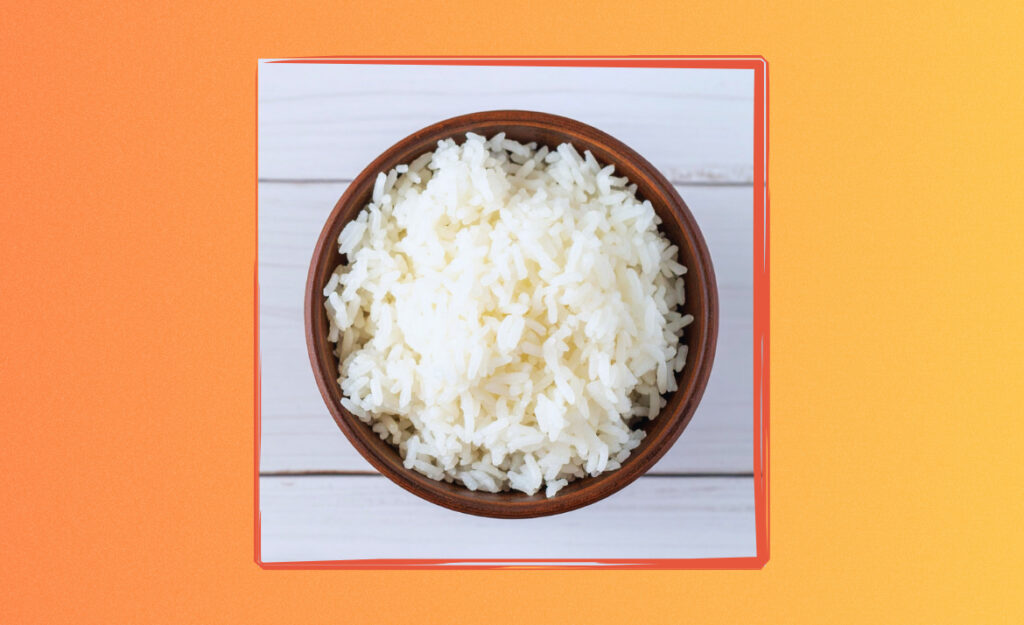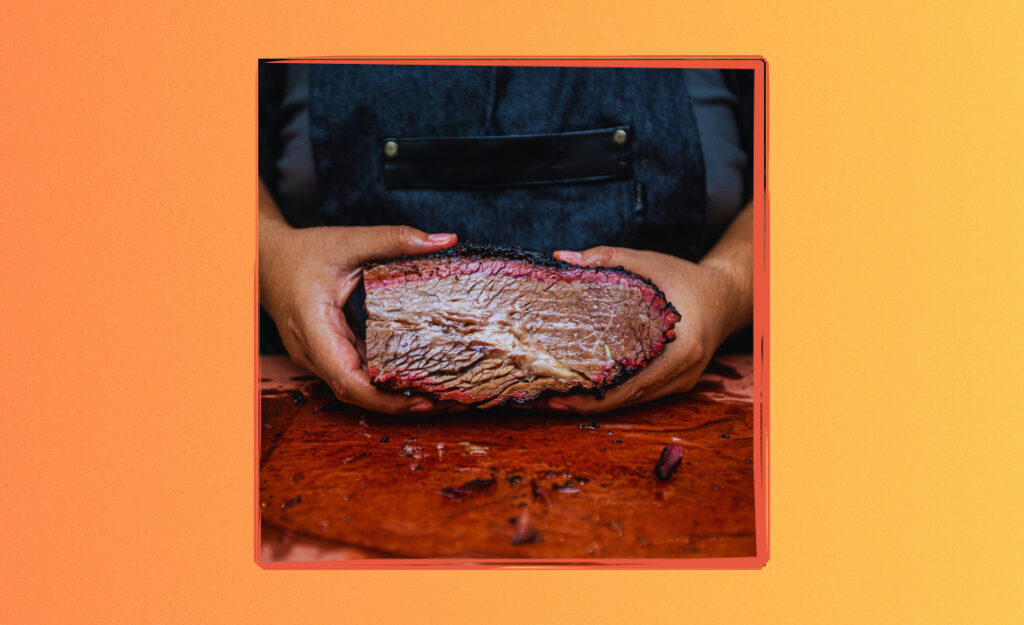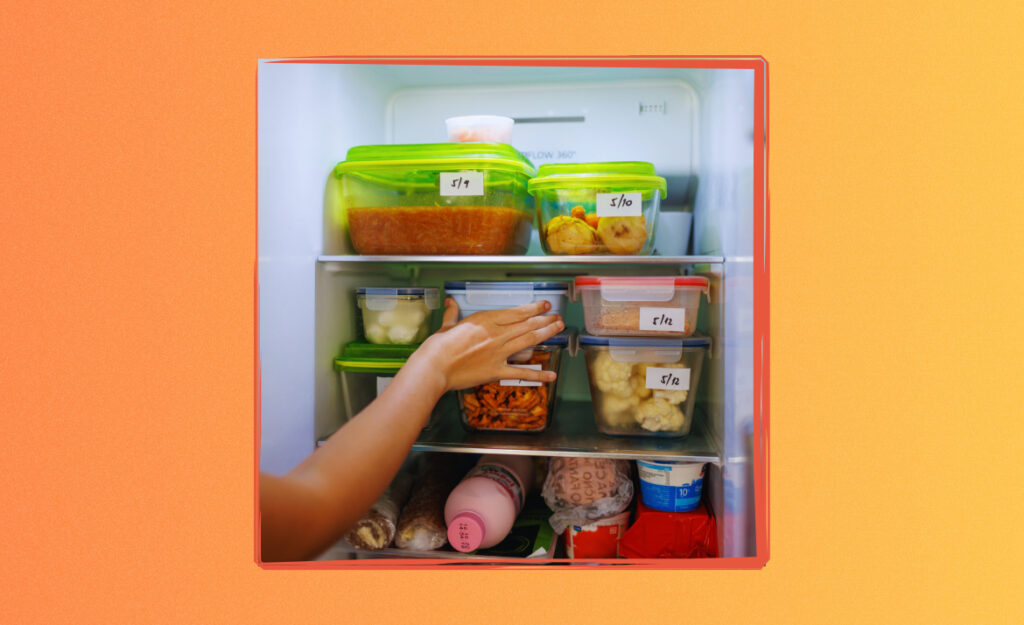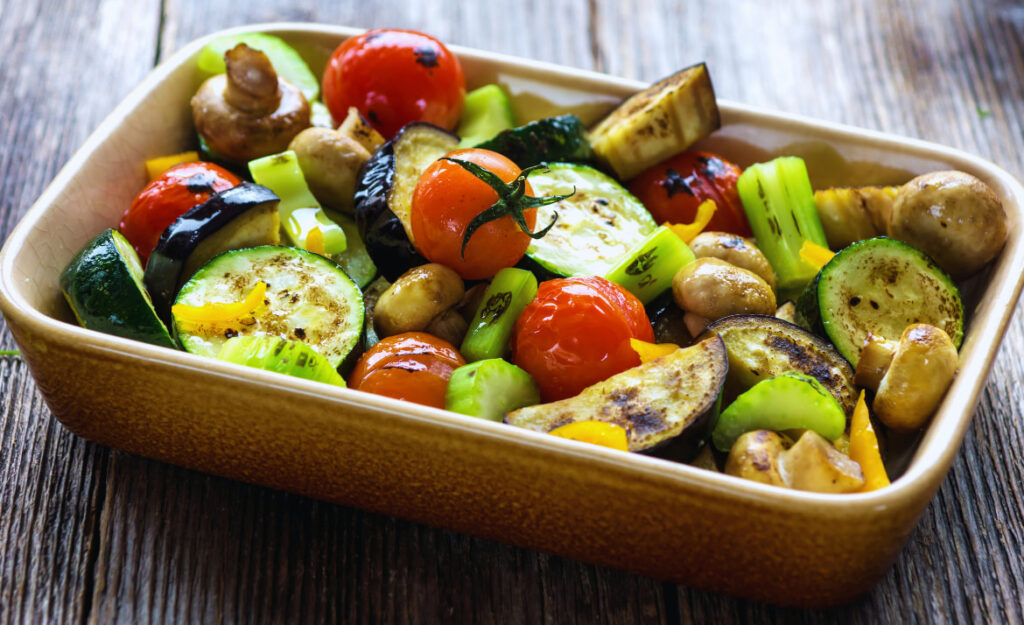
That satisfying snap when you bite into perfectly cooked vegetables can make any dish feel gourmet. Achieving it at home, however, still feels mysterious. Many cooks wish they could reliably keep vegetables crisp, even after cooking, but aren’t sure where to start.
Crispness isn’t just about texture—it impacts both taste and nutrition. Vegetables that stay crisp after cooking are more visually appealing and enjoyable to eat, encouraging healthier meal habits for families and individuals alike.
This guide explores proven techniques to keep vegetables crisp during and after cooking. Each section offers clear steps and actionable examples, making it easy to boost your confidence in the kitchen.
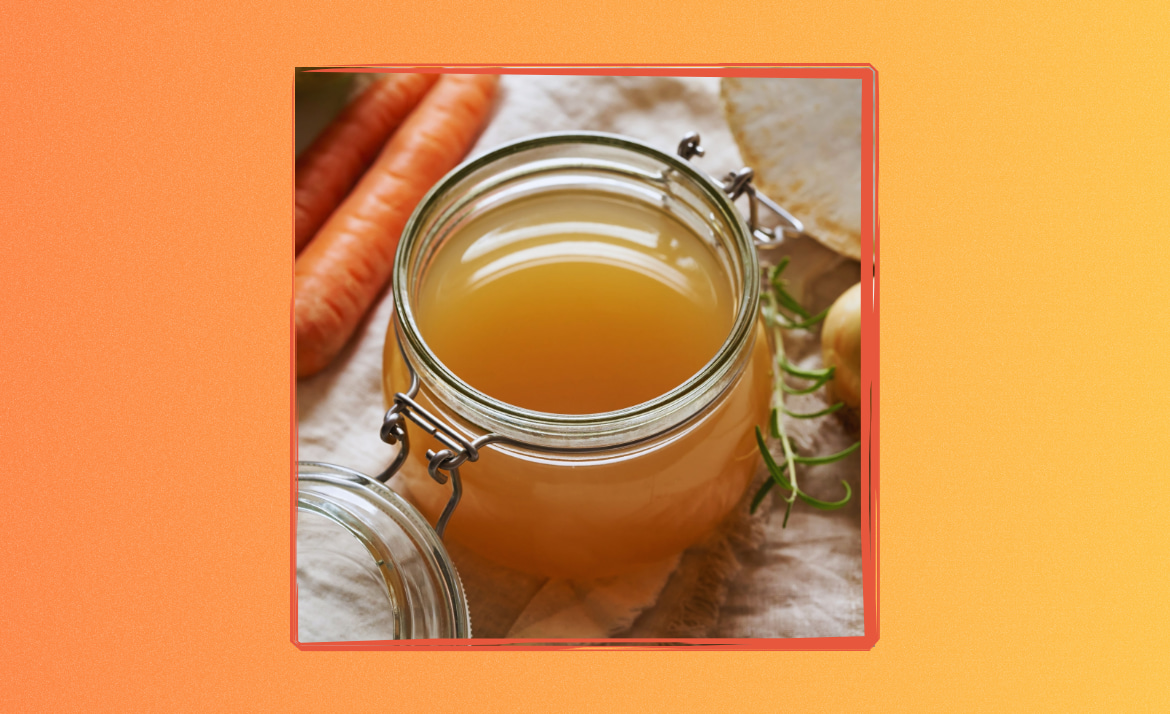
Homemade Stock Recipe Anyone Can Master
Learn how to make a homemade stock recipe that anyone can master.Adapting Cooking Techniques for Crisp Texture—A Direct Game Changer
If you want vegetables to retain their crunch, tweaking your cooking methods leads to instant results. Adjusting the way you use heat can transform limp results into crisp, flavorful bites every time.
For crisp-tender veggies, quick and high-heat methods work best. Roasting, stir-frying, and blanching lock in structure, compared to boiling or slow simmering, which soften and dull textures quickly.
Quick Stir-Fry: High Heat, Fast Movement
Start with vegetables cut uniformly, about half an inch thick. High heat minimizes moisture loss, giving you that classic snap. Use a wide pan and toss continually, watching for edges just turning golden.
Listen for lively sizzling—the sound of quick evaporation. In most cases, three to five minutes is enough to keep vegetables crisp. Transfer immediately to a cool plate to halt further cooking from residual heat.
For evenness, try this script: “Drop carrots and snap peas in once oil shimmers, stir quickly, remove when bright and still firm—don’t wait for total softness.” Smaller batches help avoid crowding.
Blanch and Shock: The Cold-Water Trick
Set up two bowls: one with boiling water, one with ice water. Submerge your vegetables for one to three minutes in the first bowl, then plunge them straight into the cold water.
This method sets color and texture. Asparagus and green beans are classic examples—they stay vivid and snappy with blanch and shock. Remove promptly after cooling and drain well before serving or storing.
Use this routine: “Drop broccoli florets into boiling water, wait two minutes, lift out and dunk in ice water. Pat dry before serving for crispness.” The quick shift in temperature works wonders.
| Method | Best For | Cook Time | Pro Tip |
|---|---|---|---|
| Stir-Fry | Peppers, snap peas, carrots | 3–5 mins | Work in small batches for even browning |
| Blanch & Shock | Green beans, broccoli, asparagus | 1–3 mins | Ice bath stops overcooking instantly |
| Roast (High Heat) | Cauliflower, brussels sprouts, carrots | 12–20 mins | Don’t crowd the pan: airflow = crisp |
| Steam Briefly | Bok choy, snap peas, spinach | 1–3 mins | Use a lid, keep it quick for crunch |
| Sauté | Mushrooms, zucchini, onions | 4–6 mins | Medium-high heat for a golden edge |
Organizing Your Prep: Cutting, Prepping, and Timing Make Crispness Simple
The way you cut and prepare vegetables before cooking plays a decisive role in texture. Uniform sizes ensure even cooking, while proper prep prevents sogginess and waterlogging.
Let’s break down these prep steps with real-world examples and bullet lists so you can act confidently the next time you plan a meal.
Why Size and Shape Matter
Thicker cuts remain firmer, while thinner slices cook faster and soften more. Cut carrots into batons for a satisfying crunch in stir-fry. For salads, try half-inch cubes—they’ll hold up under dressing and won’t wilt immediately.
- Cut carrots into 2-inch matchsticks for visible crunch and uniform bites.
- Chop bell peppers into 1-inch squares: sturdy enough for grilling or sautéing without turning limp.
- Slice zucchini thick for roasting, but thin for salads; suit the cut to your cooking plan.
- Keep broccoli florets bite-sized for even blanching and cool-down.
- Aim for pea-sized pieces when prepping root vegetables for roasting—they’ll brown fast while staying crisp inside.
Uniform cutting also means nothing is ready before the rest, avoiding over-softening from waiting in a hot pan.
Managing Moisture for Firmer Results
Patting vegetables dry before cooking is a game changer. Wet surfaces steam, while dry ones brown and crisp. Use a kitchen towel or salad spinner to remove excess water after rinsing.
- Pat leafy greens dry before tossing in hot oil for immediate crisping action.
- Spread chopped veggies on a towel for 10 minutes before baking—surface moisture evaporates, not steams.
- Store washed greens with a paper towel to absorb humidity in the fridge.
- Salt eggplant or zucchini slices to draw out water, then blot before grilling—they’ll sear rather than stew.
- After blanching, fully drain vegetables before transferring to the next cooking stage.
This small extra step delivers that desirable texture you’re seeking—an easy win in the quest to keep vegetables crisp after cooking.
Timing Each Step for Peak Crunch
Start cooking hard, dense vegetables first and add lighter, more delicate ones later. For mixed stir-fries, stagger ingredients so snap peas aren’t mush while carrots become tender.
Try this example: “Begin with sliced carrots, add broccoli after one minute, finish with snow peas for the final thirty seconds.” Each bite maintains its texture, not just the first ingredient in the pan.
This order ensures nothing sits too long in direct heat, giving you a colorful, crisp result—exactly what home cooks want.
Leveraging Water and Oil: Simple Ways to Prevent Soggy Outcomes
Learning how to manage both water and oil gives you immediate control over texture. This section walks you through exact techniques, so vegetables won’t get limp after cooking.
Choosing the right amount of each, and how you introduce them, determines if you’ll keep vegetables crisp or serve a mushy mess. Real-world examples ground each tip so you can replicate them at home tonight.
Oil Timing: When Fat Meets the Pan
Adding oil to a hot pan, rather than a cold one, means instant sizzle. This approach prevents vegetable slices from sticking or soaking up excess oil. They develop a nice edge, not a greasy surface.
- Heat the pan first, add oil second, and wait until it shimmers before adding vegetables.
- Use just enough oil—extra will pool and steam, softening edges instead of browning them.
- Swirl the oil around for even coverage, especially for stir-fries and sautés.
- Avoid overcrowding: too many pieces reduce the pan’s heat, causing steaming rather than crisping.
- Drain vegetables briefly on a paper towel after frying for optimal texture and less grease.
This method works for everything from potato wedges to wok-cooked green beans, delivering noticeable results every single time.
The Magic of Salting at the Right Time
Salting vegetables before cooking increases moisture release, which is helpful for some recipes but disastrous for others. Adding salt near the end of cooking preserves more crunch.
- Sprinkle salt after roasting in a hot oven: the surface stays dry, forming a crisp crust.
- Add salt during the last minute of stir-frying—it draws out less moisture, keeping pieces firmer.
- If marinating, salt early to flavor the inside, wipe away excess liquid, then cook quickly.
- Season crispy fritters or latkes after frying, as they drain, for a satisfying finish.
- Skip excess seasoning for watery vegetables like cucumber until serving—they’ll lose structure otherwise.
Fine-tuning your seasoning approach will help you keep vegetables crisp in a surprising variety of preparations.
Chilling Out: Using Cold as Your Secret Crispness Weapon
Cool temperatures create a barrier that slows down softening. This section shows how chilling, shocking, and timely cooling lock in both color and texture.
By understanding how cold interacts with cooked vegetables, you can ensure your meal delivers a satisfying snap, whether eating hot or at room temperature later.
Shock and Awe: Timing the Ice Bath
After blanching, move vegetables directly to ice water. This fast transition stops cooking at once, preventing over-softening. The greens become brighter, and their fibers stay snappy, ideal for salads and meal prep.
For example, celery sticks destined for snacking, after a quick simmer, get their lasting bite from a solid 90-second chill. This timing isn’t just tradition—it’s a repeatable, kitchen-tested fact.
Whenever you want to prep ahead for picnics or packed lunches, the ice water step is your insurance. Add, stir gently, pull out, and thoroughly dry for best results.
Refrigeration Rules for Post-Cooking Crunch
Once cooled, store cooked vegetables in shallow containers in the refrigerator. Avoid stacking them too deep, or moisture will collect at the bottom, causing sogginess.
Lay a paper towel in the container to absorb drips. Shallow layering lets air circulate, preserving both taste and texture. Try this script: “Line up roasted bell pepper strips in a single layer, spaced evenly.”
Pack vegetables just before eating or serving. This practice prevents moisture buildup and extends the satisfying crunch you worked to achieve.
Rethinking Storage and Leftovers: Keeping Texture Alive After the Meal
Smart storage practices determine whether leftovers stay appealing or become limp and watery. If you want to keep vegetables crisp, how you cool and package them after cooking makes a difference.
This isn’t just about convenience; it’s about maintaining nutrition and enjoyment even with make-ahead recipes and batch cooking.
Packing and Layering: The Separation Principle
Storing vegetables in individual containers, separate from sauces and proteins, is rule number one. Dressings should go on just before eating, not in advance.
Stacking hot vegetables in plastic containers with tight lids traps steam. Cool completely first, then cover loosely. You’ll avoid that “sweaty” effect on roasted veggies and instead preserve tenderness with a touch of crunch.
Salad bars use this separation trick—lettuce in one tin, toppings in another—copy it at home for reliably fresh-tasting lunches.
Repurposing Without Compromise: Smart Reheating Tips
For stir-fries or leftovers, reheat just until warmed through, not piping hot. Use a hot skillet or oven rather than the microwave, if possible. This keeps the outside edges from getting rubbery.
If microwaving, leave the lid slightly open and stir every thirty seconds. Spread pieces out on a plate for more even reheating, and let them rest uncovered for one minute before eating.
This way, you retain as much crisp texture as possible—even hours or a day after that first cook.
Conclusion: Savoring Every Bite with Reliable Crispness
Understanding the science and sequence behind crisp vegetables pays off every time you cook—whether you’re prepping stir-fries or chillable salads. These steps translate directly to better meals at home, not just restaurant-quality sides.
Your attention to cutting, heat management, and timely cooling holds the key to texture. Small changes, like drying veggies thoroughly or salting at the right moment, provide noticeable improvements you’ll appreciate at the table all week long.
Bust the myth that only chefs can keep vegetables crisp. With careful prep and a little knowledge, every home cook can deliver dishes that stay bright, snappy, and delicious from kitchen to plate.
Frequently Asked Questions
How do I keep cooked vegetables crisp for meal prep?
Let vegetables cool fully before packing them in shallow, airtight containers. Add a paper towel to absorb moisture and keep dressing or sauces separate, adding them just before eating to maintain texture.
Which vegetables hold their shape best after cooking?
Hearty choices like carrots, bell peppers, green beans, cauliflower, and broccoli retain crunch with high-heat quick-cooking methods. Delicate greens and zucchini soften more readily, so use brief blanching or stir-fry for those varieties.
Is it possible to keep vegetables crisp in the microwave?
Microwaving can soften most vegetables, but you can spread pieces out on a plate, leave the cover slightly open, and stop heating as soon as they’re warm. Stir midway for even results and crispier edges.
Should I salt vegetables before or after cooking for best texture?
Salt just before finishing—near the end of cooking or after roasting—for vivid flavors and driest crust. If marinating, blot excess liquid before heating to help you keep vegetables crisp and flavorful.
Can I prep vegetables ahead without losing crunch?
Absolutely. Blanch and chill vegetables, then store them in a lined container. Keep them dry and refrigerated, dress just before serving, and pack portions separately for lasting crispness throughout the week.

